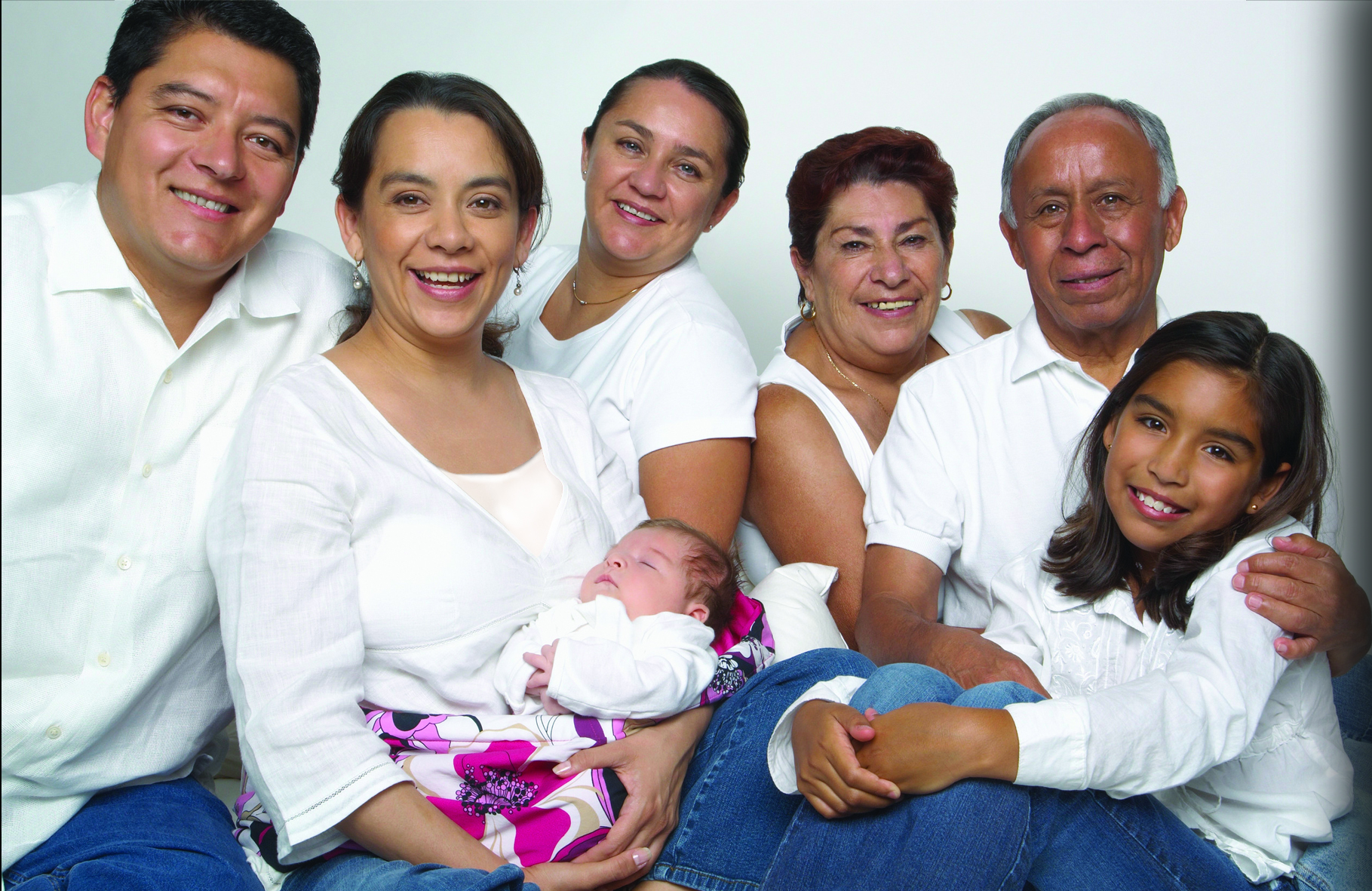Social scientists have observed that marriages typically move through a series of at least four stages. Each stage presents unique learning opportunities and blessings, along with challenges and obstacles. Progression through these stages is thought to be cyclic. This means couples can move through the stages several times in their lives, each time with an increasing understanding of what is involved for having been there before. Sometimes these stages can feel like a new marriage. Couples move through these stages at different rates. Failure to accomplish the tasks of one stage can inhibit movement and growth through later stages.
Stage One – Romance, Passion, Expansion and Promise
In the beginning of a relationship partners often communicate effortlessly and at length. They seem to intuit each other’s needs and wishes and go out of their way to please and surprise each other. Couples begin to develop a strong sense of “we.” Individual differences are minimized, if noticed at all; partners are very accepting. Joy, excitement, happiness and hope abound. Partners present and elicit their best selves. Life seems expansive and promising. It is a time of sharing dreams and romance. At this stage couples’ prayer is often filled with thanksgiving and praise. God feels very close and responsive. This is a time to be remembered and cherished.
Stage Two – Settling down and Realization
The high energy and intensity of Stage One inevitably give way to the ordinary and routine. Ideally, in Stage Two couples learn to deepen their communication skills. They work to understand and express their wants, needs, and feelings. They learn to be honest and vulnerable and to listen actively to each other. They become aware of differences not noticed previously and develop strategies for dealing with them. Couples learn about give and take, negotiation and accommodation. In prayer they seek clarity about what is going on within one’s own as well as one’s partner’s heart and mind. For some couples God may not seem as close while others experience Him more intensely.
Stage Three – Rebellion and Power Struggles
Spouses cannot always live up to each other’s expectations. They will disappoint and unintentionally hurt each other. They now become intensely aware of their differences and may use control strategies to bring back the desired balance. Power struggles are common. Blame, judgment, criticism and defensiveness are likely outcomes. Fear and anxiety enter the relationship. Couples’ thinking can narrow into either/or, right/wrong, good/bad polarities.
Ideally, couples learn about forgiveness and accommodation in this stage. They learn to deal constructively with anger and hurt. A supportive community becomes especially important.
This is also the time when individuality and independence rise to the surface. While the early relationship emphasized a strong sense of we, now couples need to find ways to honor autonomy and separateness. They learn how to be an individual in a committed relationship. Couples’ prayer is often about petition and spontaneous lament. God can seem distant and unresponsive and/or quite present.
Stage Four – Discovery, Reconciliation, and Beginning Again
Couples can push through the previous stage through deepened communication, honesty and trust. Ideally, they discover and create a new sense of connection. They learn more about each other’s strengths and vulnerabilities. They learn to identify and talk about their fears instead of acting them out. They refuse to judge or blame their partner; they translate their complaints into requests for change. They move from win/lose to win/win conflict strategies.
Partners see each other in a new light, as gifted and flawed, just as they themselves are gifted and flawed. Empathy and compassion increase. They learn to appreciate and respect each other in new ways; they learn not to take each other for granted. They find a new balance of separateness and togetherness, independence and intimacy. Their thinking becomes more expansive and inclusive. A new hope and energy return to the relationship. Prayer focuses on gratitude and thanksgiving, and couples often move to a more honest and mature relationship with God.
Additional Challenges and Stages
Many couples will encounter additional life cycle stages, each with their own blessings and challenges. Just like marriage, creating a family will elicit the best and the worst, the gifts and the limitations of the parents. It is another opportunity to learn about cooperation and becoming a team, about dealing with differences and conflicts, and about taking time to pause and choose. Parenting is a spiritual journey that involves not only the growth of the children but the growth of the parents. Like marriage, it will have many opportunities to surrender and die to self, to let go and to grieve.
Other life cycle challenges include illness, unemployment and other financial crises, retirement, and the death of one’s partner. Many couples must take care of the older generation while letting go of the younger one.
Conclusion
Growth throughout the marital journey requires openness and flexibility. For people of faith, it also means being alert to the mysterious working of the Holy Spirit. Contemporary culture wants answers and certainty; faith requires trust and surrender. The invitation to the marital journey, and the resources to undertake it, come from God. God gives us enough clarity to take the next few steps, even if we cannot see the entire road and where it will end.
About the author
Paul R. Giblin, Ph.D. is Associate Professor of Pastoral Counseling and Pastoral Studies at Loyola University in Chicago and a Licensed Marriage and Family Therapist.





